
Last Sunday was supposed to be a nice day so I thought I’d go for a climb up Hewe’s Hill in Swanzey. When I left the house it was 40 degrees and two hours later it was 50 degrees, so for December in New Hampshire it was a beautiful and unusually spring like day.

I’d guess, from all the woodpecker holes, that this hemlock is full of carpenter ants. The rectangular holes were made by a pileated woodpecker, which is our biggest.

We’d had quite a rainstorm the day before and the weather people said we’d had 60 mph wind gusts overnight, so I wondered if that was why this old tree was leaning so badly. I don’t remember seeing it when I came here last fall.

An old hemlock had a leaf shaped scar on it. Fully healed, I’ve heard that you can count the rings to know how long it took for the scar to heal. If I’ve counted accurately, I think this one took about 20 years.

Though sunshine breaks through here and there this forest is generally quite dark due to all the conifers.

I said in the last post that the yellow crust fungus I showed I had only seen on conifers, but here it was on a dying birch. As I said then, though I once believed it was the conifer parchment fungus (Stereum sanguinolentum,) now I’m not so sure. The examples I see are always very dry and thin, almost as if they were part of the bark. This example almost looks like a lichen but I would doubt that.

Growing right beside the birch was an eastern hemlock and here was the crust fungus on it as well. I wonder now if it will grow on any tree.

The trail just before you reach the summit is the steepest part. It seems to usually be that way on our hills.

I was finally able to get a shot of Tippin Rock and the sign pointing to it. I always have to laugh at the sign because it seems to me that nothing could be more obvious.

The people who climb this hill almost always do so to see Tippin Rock, and I’m sure they know what they’re seeing. It’s like having a sign saying “The Sky.”

Since I found this crack in the stone a few years ago, I haven’t been able to stop inspecting it every time I come here. It goes almost all the way around the boulder, so it’s probably a good thing that most people don’t know how to get the huge stone moving. Until I saw it rock slowly back and forth like a baby cradle, I thought the legend was probably just a story but no, it really does move.

The top of this hill is solid granite where the glacier dropped Tippin Rock. I’m always stunned when I think of all that had to happen, not only for a 40-ton boulder to be up here at all, but for it also to be perfectly balanced enough to rock back and forth on a bed of flat, level granite. The bedrock is exposed right at the surface so nothing but mosses and reindeer lichen can get a foothold, and that’s why the big stone sits in a clearing all by itself, almost as if man placed it there. Maybe in a few thousand years there will be enough soil for trees to grow.

Usually in December I would expect to see icicles on the ledges up here, but not this year. Not yet. You can see how the stone is wet from groundwater though so as soon as it gets cold enough, they’ll be there.

My camera wanted to focus on the tiny hemlock needles it saw rather than the comparatively huge barred owl that sat behind them so this isn’t a very good shot of the bird, but it does show that they are up here. I watched it fly silently through the forest and land on that tree but when I bent to fiddle with my camera settings, off it went.

I tried to do the Limbo under this hemlock that had fallen across the trail but I failed miserably so I just went around it on the way back.

I couldn’t shoot the view to the left because that was where the bright sunshine was, and the view to the right is blocked by trees, so this is it.

I went to see how the toadskin lichens were doing. Some were pea green and happy but most were not.

Considering all the rain we’d had the day before I thought all the lichens would be at their best but many had already gone from green to brown and even more were already ash gray. This told me that these lichens don’t even stay moist for 24 hours after a rain, and that’s amazing.

There are blueberry bushes up here, and also wasps. Blueberry stem gall forms when a shiny black wasp called Hemadas nubilipennis damages a bud while laying her eggs on a tender shoot. The plant responds to the damage by growing a kidney shaped gall around the eggs, and this is where the larvae will overwinter before emerging as adults in the spring. This example was a highbush blueberry (Vaccinium corymbosum) but this wasp isn’t choosy and will also use lowbush plants (Vaccinium angustifolium.) The galls do no real harm to the plants. I think this one was empty, because of all the exit holes.

I was kneeling down getting a shot of a face on a log when a father and his little boy came along. The boy asked me if I was chopping the log and I told him no, I was looking at the face on it. He couldn’t have been more than four or five and when I said “see the face?” his eyes got wide and his mouth dropped open, and I’m afraid that it might have scared him. He didn’t say anything about the face but he told me he and his dad were going to Tippin Rock. I said I had just come from there and told him to have fun, and we went our separate ways. I hope the little guy doesn’t have bad dreams about the face on the log. It reminded me of the painting “The Scream” by Edvard Munch. An interesting though disturbing side note about that painting was how Edvard Munch said he had sensed an “infinite scream passing through nature,” and that’s why he painted it.

Anyhow, I wished I had been kneeling by Mister Smiley Face when the boy came along. He couldn’t scare anybody.
Once you really commence to see things, then you really commence to feel things. ~Edward Steichen
Thanks for stopping in.
































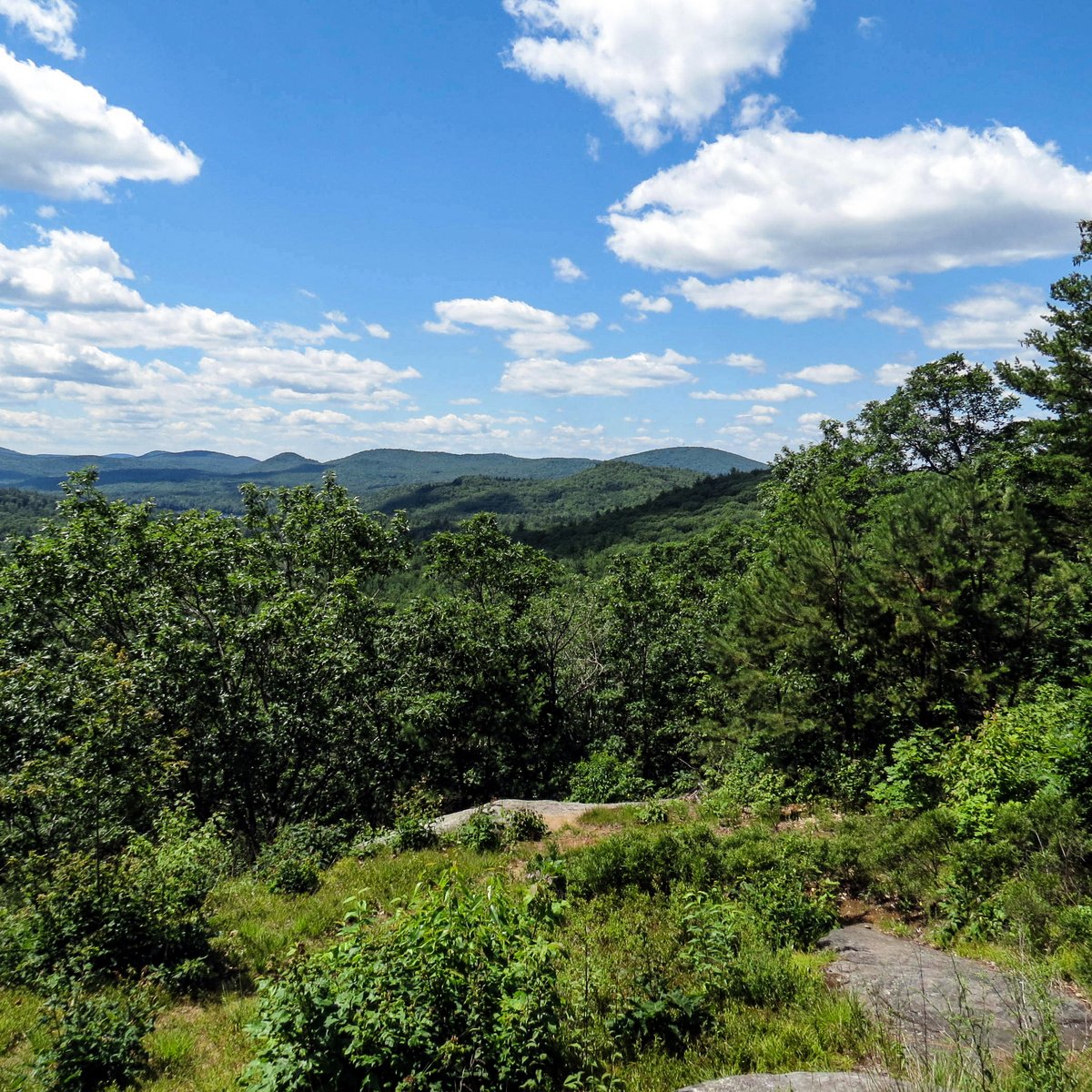































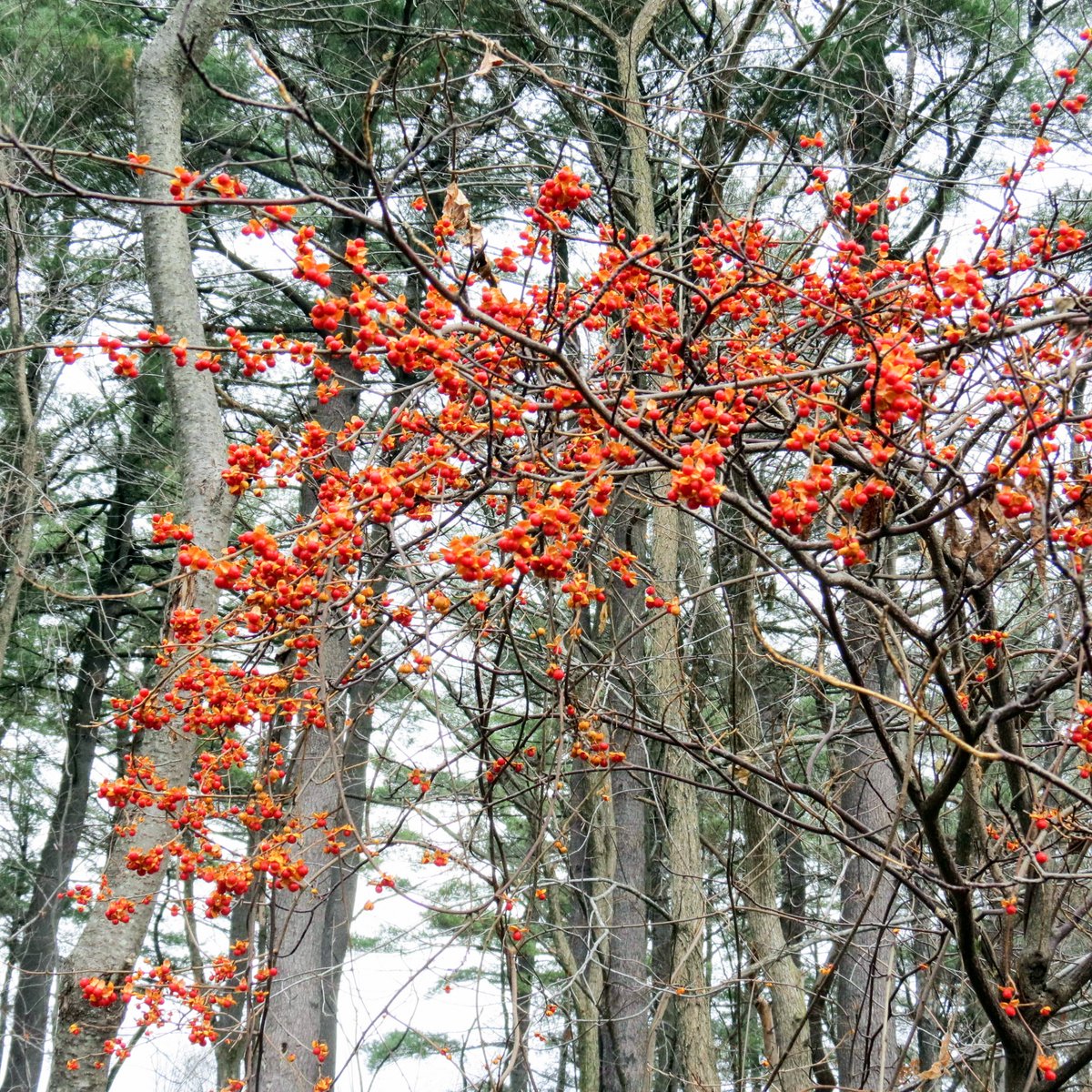
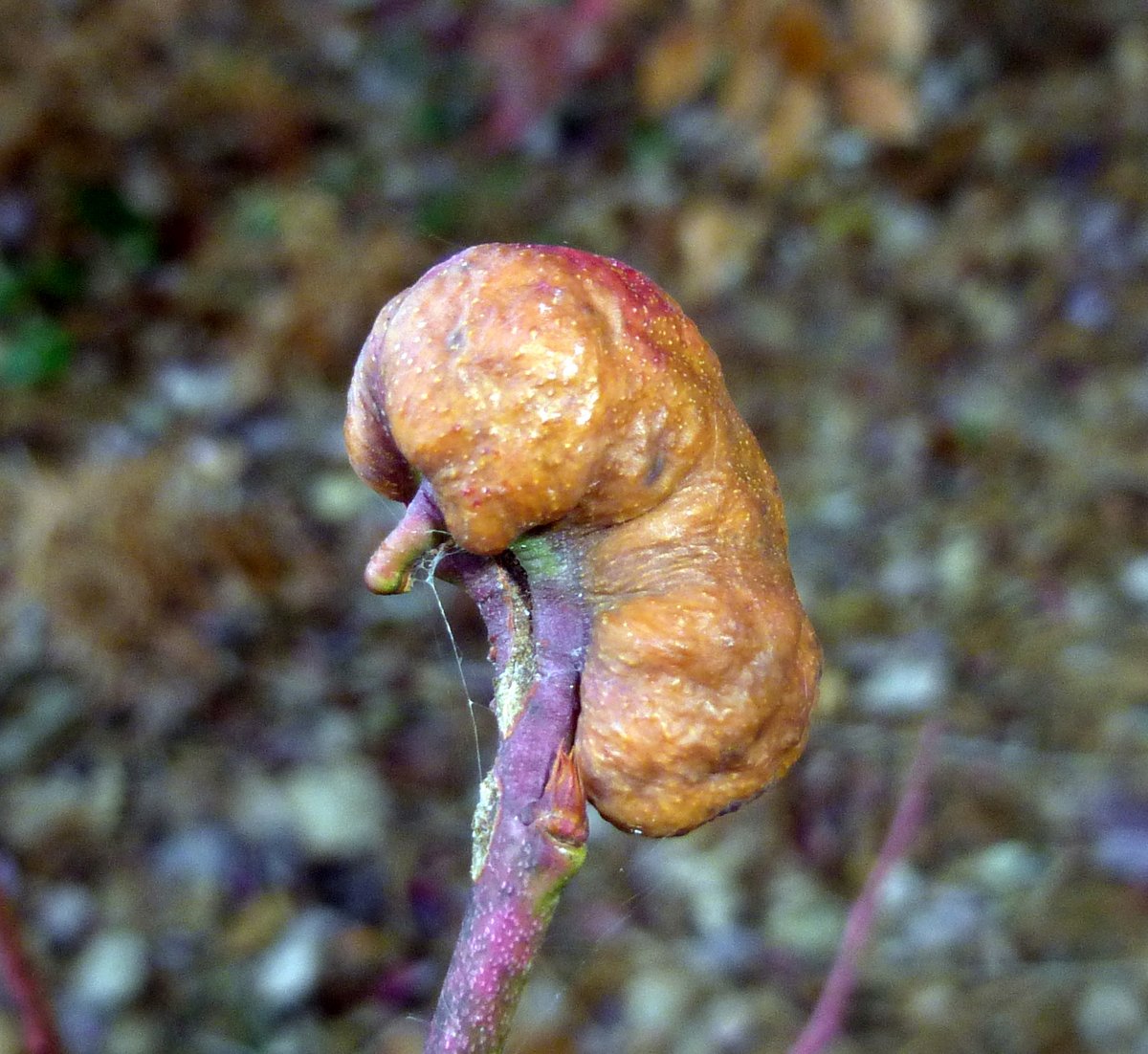


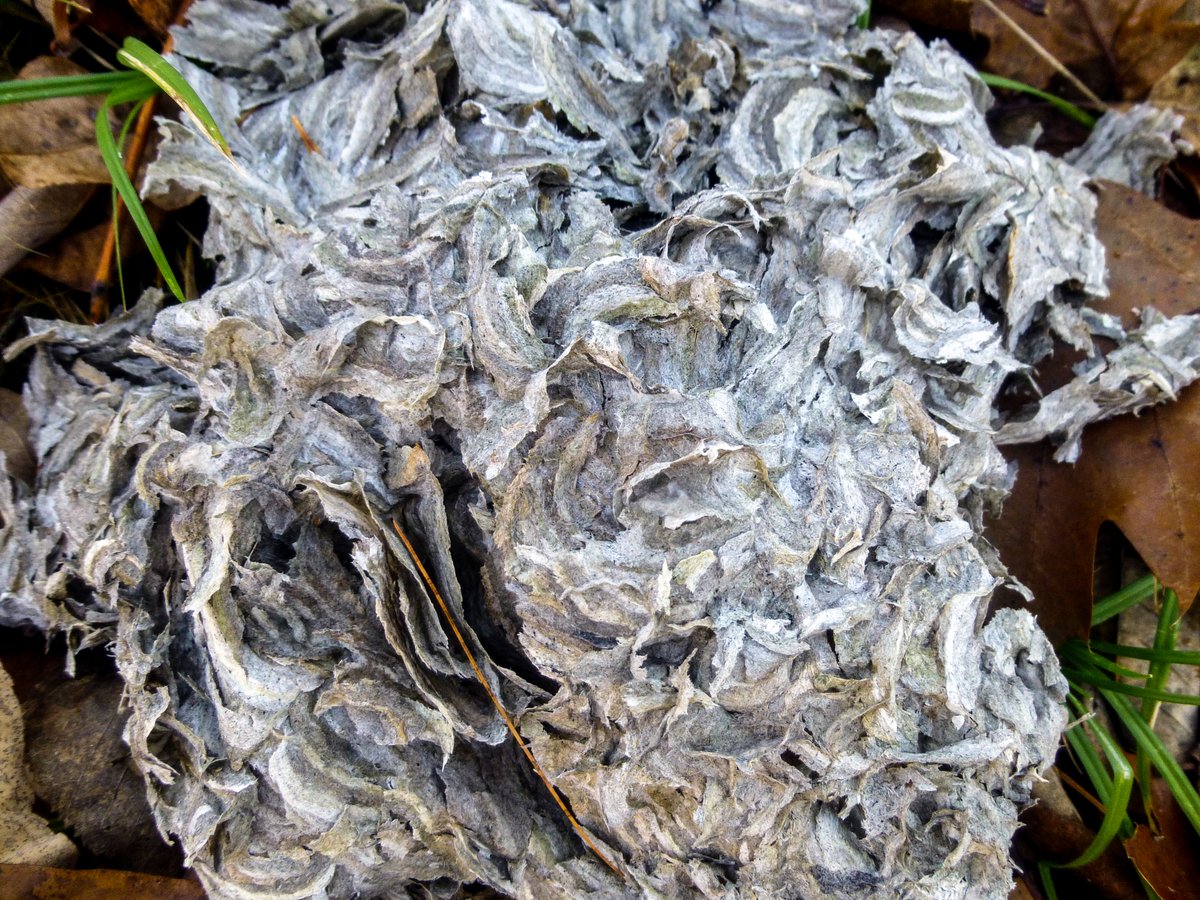



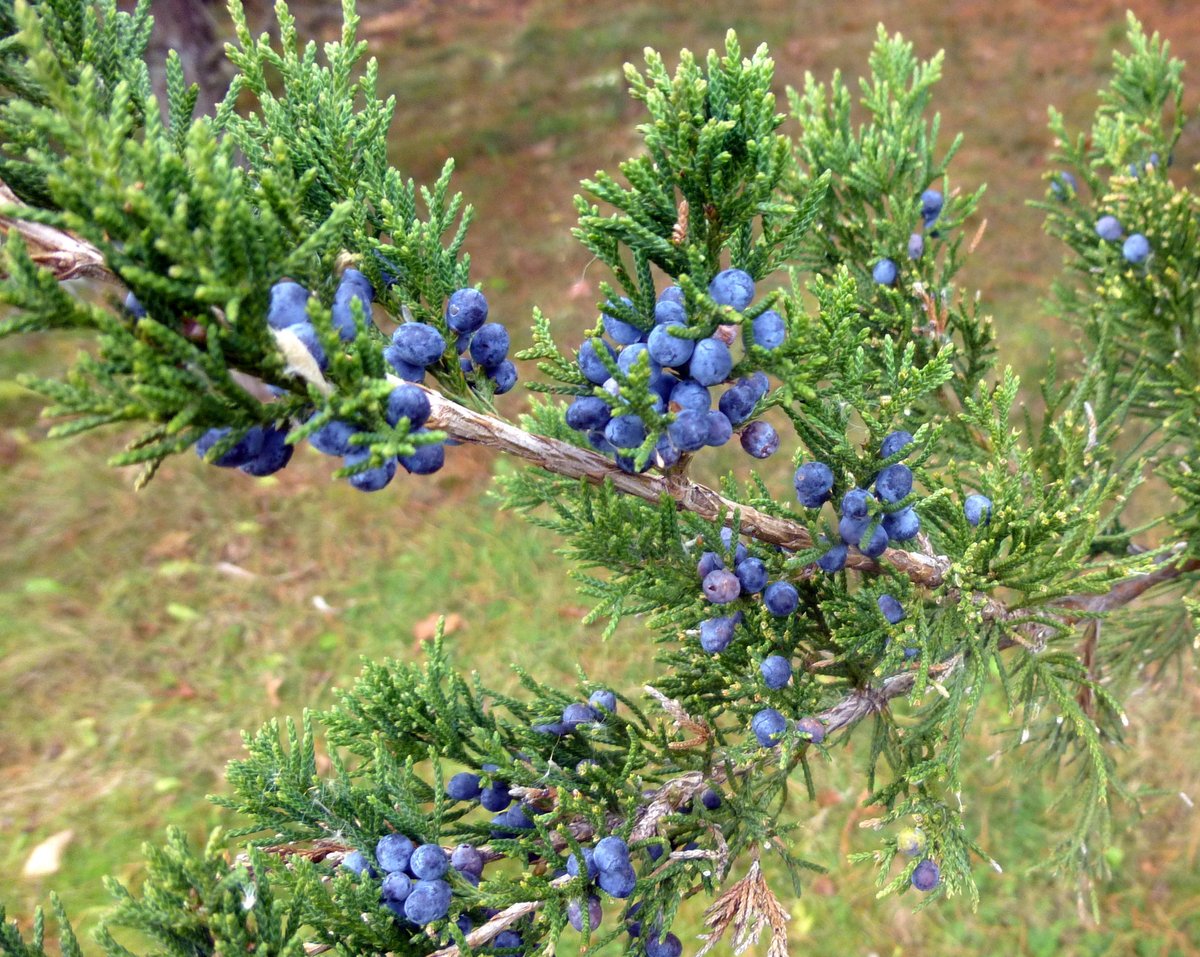

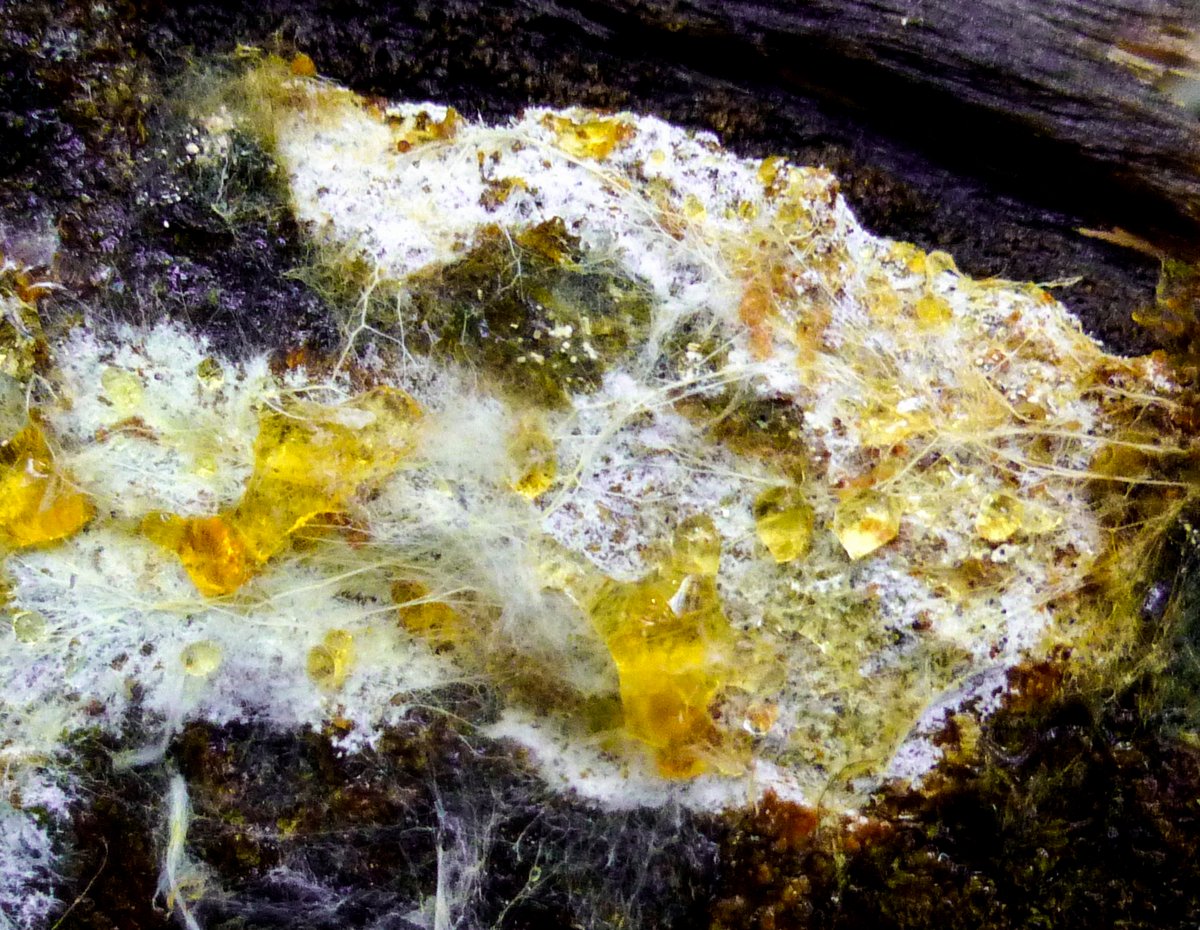

















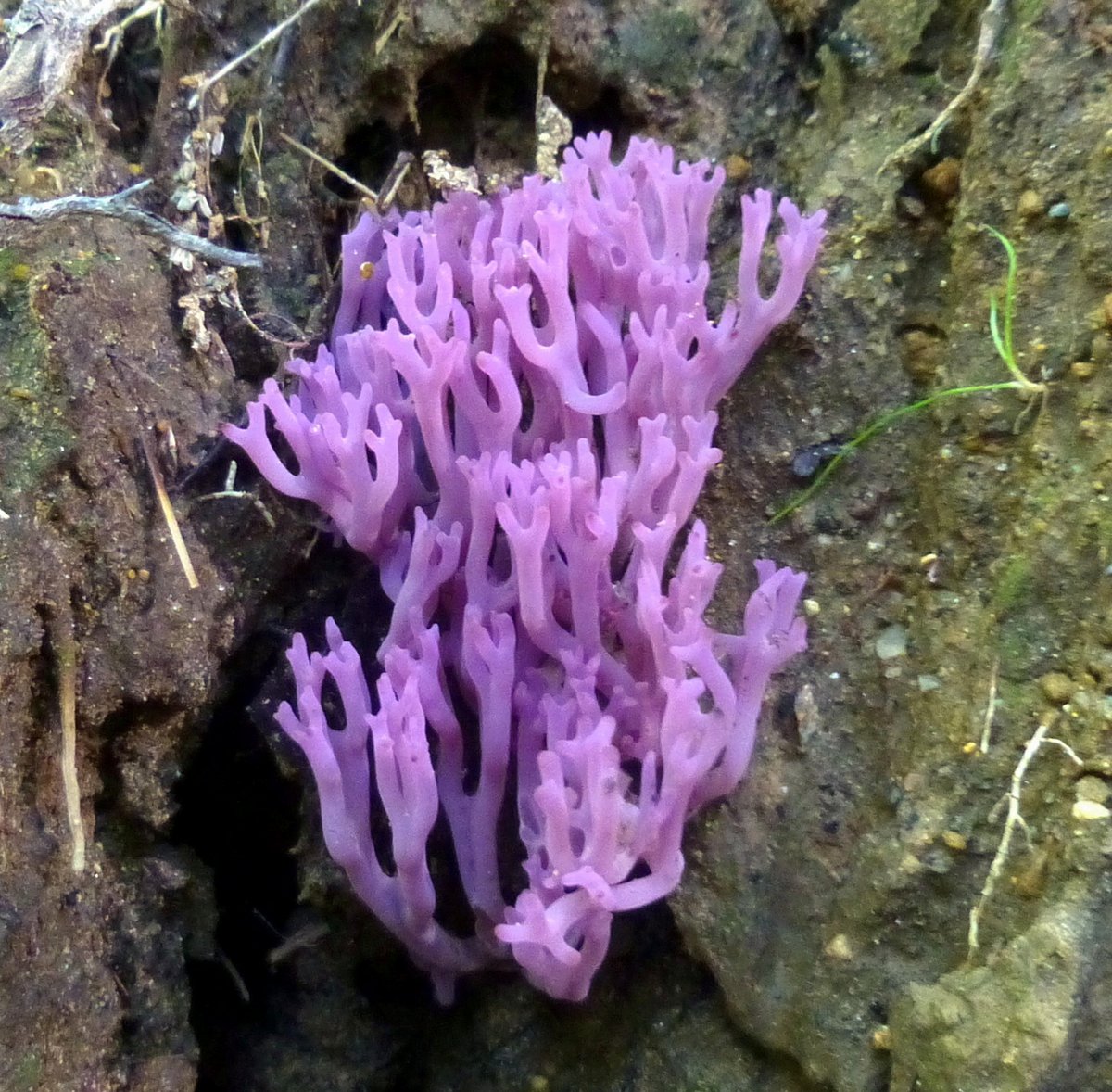
















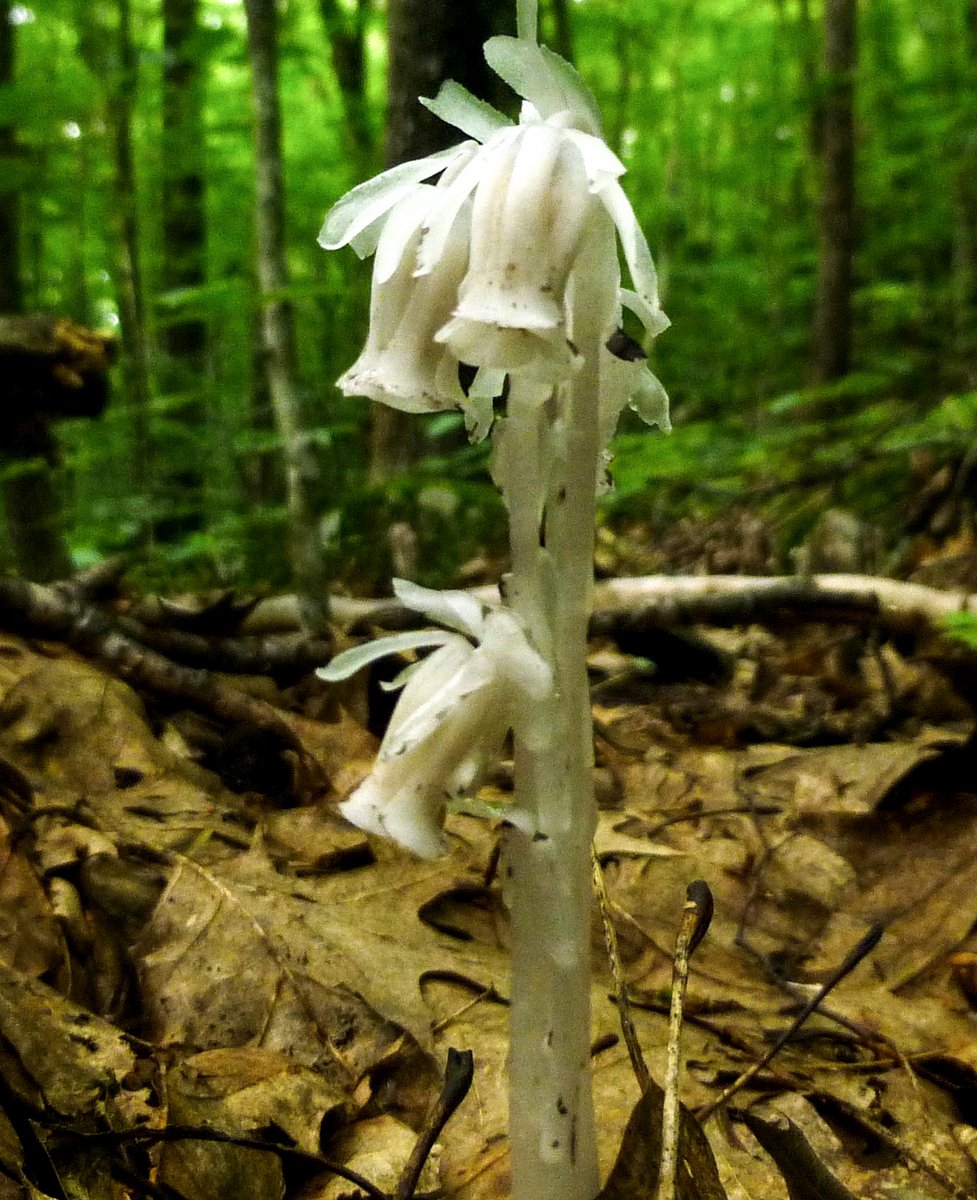
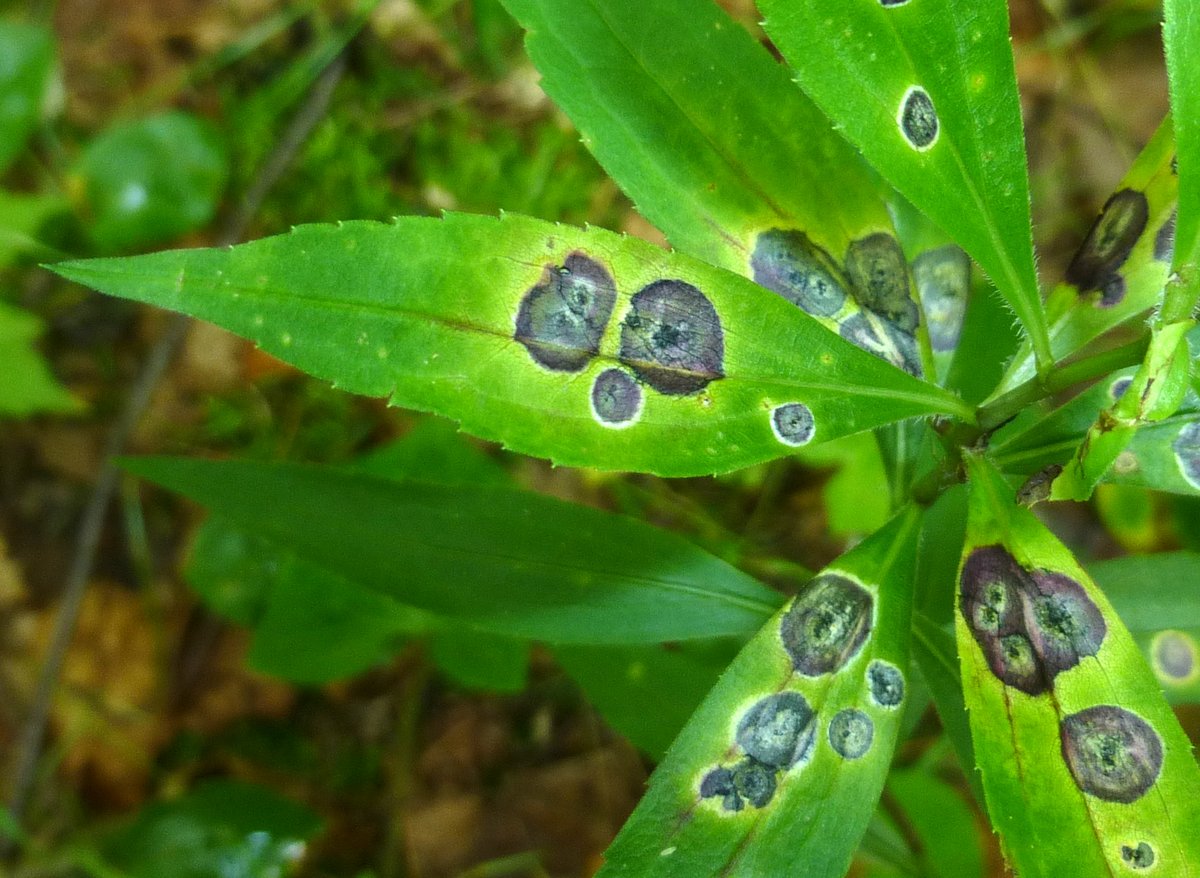





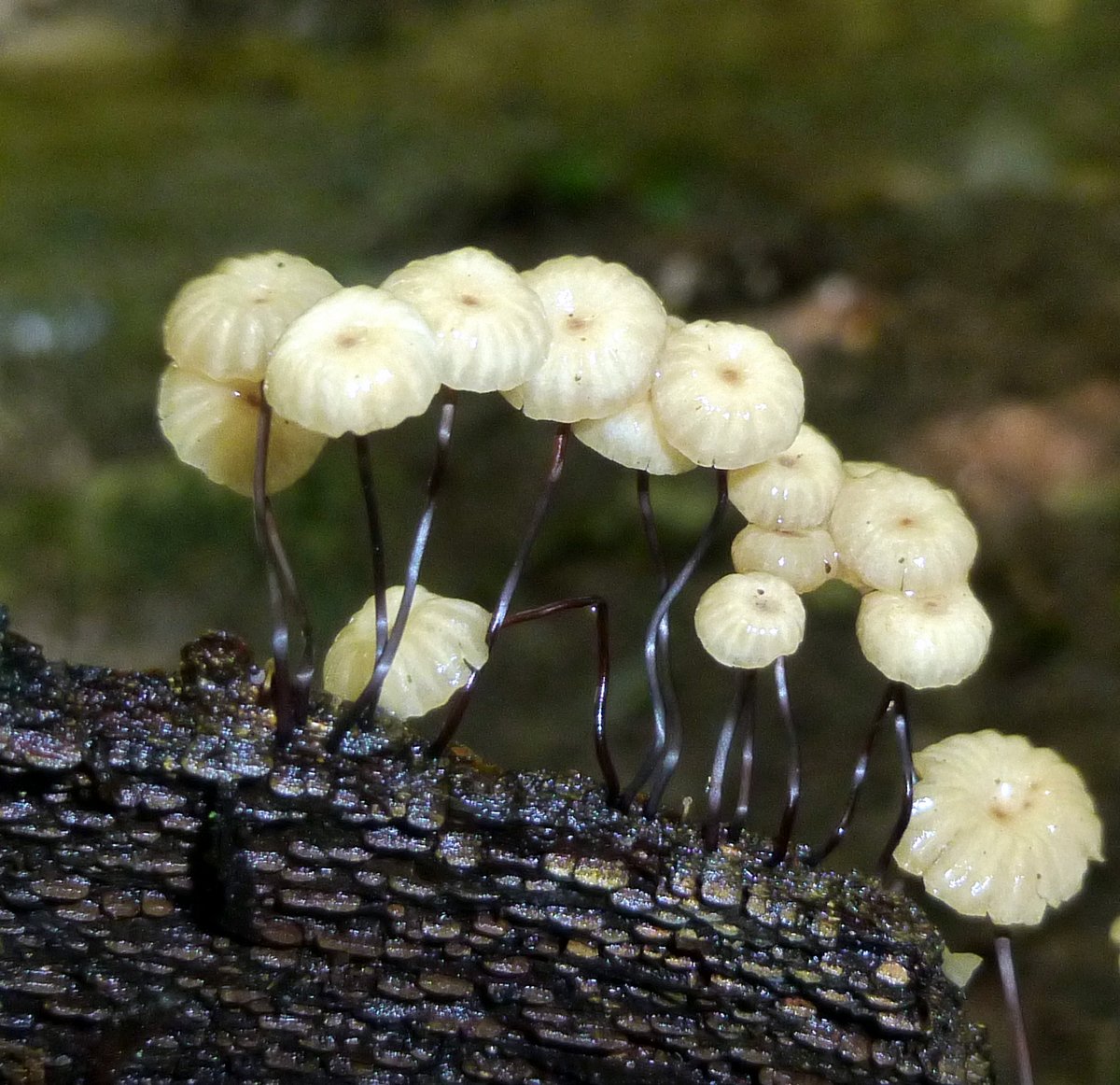



















 This is another fructicose lichen called beard lichen (Usnea.) It grows on trees instead of on the ground and is very common in pines and hemlocks in our area. It’s sometimes called old man’s beard. Most lichens are very sensitive to air pollution and will not grow where the air isn’t clean.
This is another fructicose lichen called beard lichen (Usnea.) It grows on trees instead of on the ground and is very common in pines and hemlocks in our area. It’s sometimes called old man’s beard. Most lichens are very sensitive to air pollution and will not grow where the air isn’t clean.  Fringed wrinkle lichens (Tuckermannopsis Americana) always remind me of leaf lettuce. This type of lichen is foliose, or leaf like. These are also quite common in this area-on conifers especially-and can be quite colorful. When a large pine or hemlock falls the upper branches are often covered with this type of lichen.
Fringed wrinkle lichens (Tuckermannopsis Americana) always remind me of leaf lettuce. This type of lichen is foliose, or leaf like. These are also quite common in this area-on conifers especially-and can be quite colorful. When a large pine or hemlock falls the upper branches are often covered with this type of lichen.  Our rocks are very old here. I took a picture of this one because it looked like it had been folded before it had fully cooled however many millions of years ago. It was covered in moss and lichens.
Our rocks are very old here. I took a picture of this one because it looked like it had been folded before it had fully cooled however many millions of years ago. It was covered in moss and lichens.  I’ve been watching this blue lichen for over a year now. When I showed it in this blog last year I said it was purple, but my color finding software has corrected that mistake. This type of lichen is known as a Crustose or crusty lichen because it forms a flat crust that can’t be lifted or peeled off of whatever it is growing on. In my experience blue lichens are quite rare.
I’ve been watching this blue lichen for over a year now. When I showed it in this blog last year I said it was purple, but my color finding software has corrected that mistake. This type of lichen is known as a Crustose or crusty lichen because it forms a flat crust that can’t be lifted or peeled off of whatever it is growing on. In my experience blue lichens are quite rare.
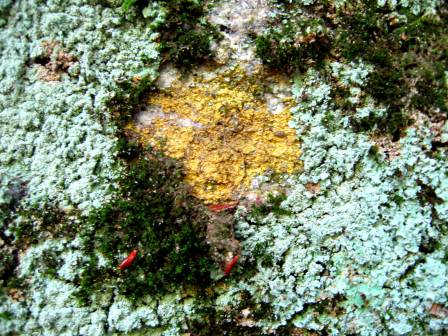 This spot of yellow cructose lichen was also about the size of a dime and grew in full sun among mosses and other lichens. I think this might be a sulphur fire dot lichen (Caloplaca flavoirescens,) but I’m not 100% sure. I don’t see too many yellow lichens.
This spot of yellow cructose lichen was also about the size of a dime and grew in full sun among mosses and other lichens. I think this might be a sulphur fire dot lichen (Caloplaca flavoirescens,) but I’m not 100% sure. I don’t see too many yellow lichens.

 The chances of my finding a single stone for a second time are very slim unless it is a large boulder that is easy to remember. I took a picture of this stone because I liked its colors and grain patterns, but I didn’t see the small dark spot in the center until I looked at the photo. As it turns out this dark spot is midnight blue, according to my color finding software. I don’t really know if this is a lichen or a mineral embedded in the stone but midnight blue is a rare color indeed. Azurite and malachite can be deep blue, so it is possible that it is a mineral and not a lichen. The trouble is I don’t remember where the stone is so I can take a second look with a magnifying glass.
The chances of my finding a single stone for a second time are very slim unless it is a large boulder that is easy to remember. I took a picture of this stone because I liked its colors and grain patterns, but I didn’t see the small dark spot in the center until I looked at the photo. As it turns out this dark spot is midnight blue, according to my color finding software. I don’t really know if this is a lichen or a mineral embedded in the stone but midnight blue is a rare color indeed. Azurite and malachite can be deep blue, so it is possible that it is a mineral and not a lichen. The trouble is I don’t remember where the stone is so I can take a second look with a magnifying glass.  I’m fairly certain that this is an example of a liverwort rather than a lichen because it was growing in the wet, saturated sand at the water’s edge. A liverwort is a flowerless, spore producing plant. Liverworts like wet places but I haven’t seen too many lichens growing in wet sand. A closer look shows a “vein” (nerve) running down the center of each leave and lichens don’t have this feature that I know of. Liverworts get their name from early herbalists who thought that some of these plants resembled a human liver.
I’m fairly certain that this is an example of a liverwort rather than a lichen because it was growing in the wet, saturated sand at the water’s edge. A liverwort is a flowerless, spore producing plant. Liverworts like wet places but I haven’t seen too many lichens growing in wet sand. A closer look shows a “vein” (nerve) running down the center of each leave and lichens don’t have this feature that I know of. Liverworts get their name from early herbalists who thought that some of these plants resembled a human liver.